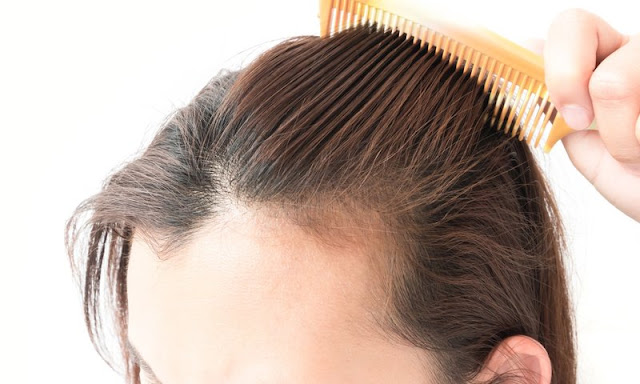
What is causing your hair to fall out?
Hair loss occurs in over 50% women by the age of 40, and that figure rises to around 65% of women, by the age of 50. Hair loss is far more common in women than many realise, and it’s a problem that isn’t about to go away any time soon.
Hair loss is a complex issue, and to treat it, first you must identify what is causing it. Here are six of the most common causes of hair loss in women. We also go through some of the best treatment options for each cause.
Genetics (Androgenic Alopecia)
Female pattern baldness, also referred to as androgenic alopecia, is the most common permanent hair loss type. Around 2 out of 5 women are unfortunate enough to experience pattern baldness by the age of 40. This pattern of hair loss becomes more aggressive during middle age.
Androgenic alopecia is genetic, and there is no cure for this, but there are treatments that can minimise the rate of hair fall and thinning, to a certain extent. Female pattern baldness usually starts at parting area of the scalp, working its way around the whole head, leading to overall thinning, receding hairline and a patchy crown.

How to treat pattern baldness: More potent treatments will be needed to treat androgenic alopecia effectively. The medically approved topical treatment, Minoxidil (2% solution), is a good option to consider, but it can come with negative side-effects, so you should speak to your doctor before using any medical drugs. HR23+ hair supplement is safer option to take, with zero side-effects, but still hugely effective in minimising hair fall, and supporting the function of healthy hair growth.
Post Pregnancy (Postpartum)
Post-pregnancy hair loss (postpartum hair loss) is a process whereby women begin a temporary phase of excess hair shedding directly after giving birth, and also during breastfeeding. This usually lasts for 3-6 months, but for some new moms, this can stretch for a longer period of time.
Severe postpartum hair shedding can leave the scalp looking patchy, with strands looking unusually thin. This phase of hair loss is normal, and in most cases the hair will eventually go back to its normal state. However, in some cases, post-pregnancy hair loss can have longer lasting effects which can lead to more aggressive thinning. There is no known cure for postpartum hair loss, but there are treatments that can help minimise the thinning and promote stronger hair growth.
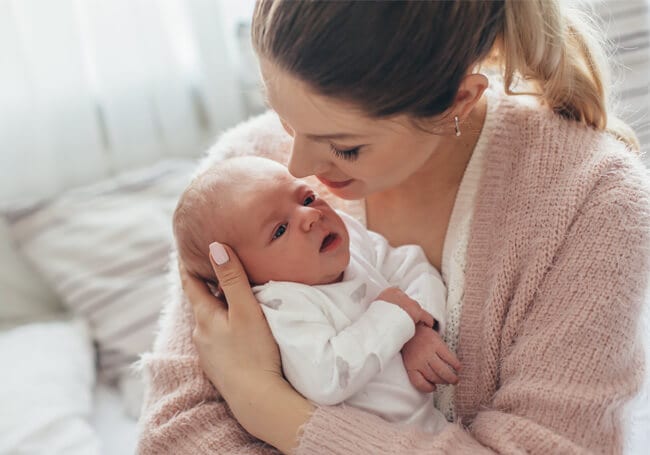
How to treat postpartum hair loss: Because postpartum pregnancy is temporary, it is easier to treat. Stay away from harsh medical drugs like minoxidil. These types of treatments are not suited for temporary hair loss types – they may even worsen the condition. Stick to safe and natural products, like biotin, collagen, and argan oil shampoos, along with a good multivitamin supplement, to help prevent excess shedding, and support hair growth. HR23+ is the best multivitamin hair supplement.
Menopause
Around 65% of women experience thinning hair during menopause, but it’s not just menopause that causes the hair to thin, as general ageing plays a big factor. The older we get, the thinner our hair becomes. That’s just the unfortunate circumstance of life. Most women first notice thinning hair in their 40s, but some women can experience it as early as their 30s.
The excessive shedding during the initial menopause phase is usually temporary, but this can lead to long-term hair loss issues, which can cause a patchy scalp, and thin looking strands. Tackling this type of hair loss is possible, but realistically, it’s more a case of minimising the thinning and shedding.
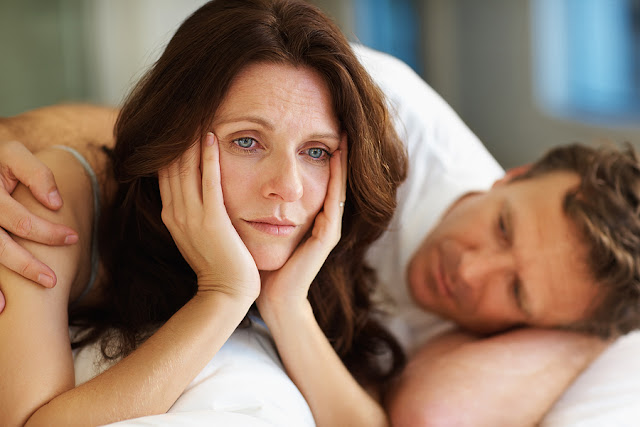
How to treat menopausal hair loss: Again, much like with post pregnancy hair loss, menopausal hair loss is usually temporary, therefore you should not use medical treatments like minoxidil. Minoxidil can cause further hair fall, therefore it should only be used for permanent hair loss types. Keratinocyte growth factor (KGF) serum is a safe and effective alternative to minoxidil. With only 3-4 applications a week, this potent formula can help halt shedding, thicken strands, and promote normal hair growth.
Seasonal
Many women (and men) experience excessive hair fall during certain periods of the year, and this can often lead to panic and concern. This type of hair loss is often referred to as seasonal shedding. Amazingly, very few people are actually aware of this hair loss condition, which is perfectly normal.
We all have our own hair growth cycle, and that cycle can also include the loss of hair during a season or month in the year. Seasonal shedding most commonly occurs around autumn and spring seasons, but some people experience it during summer and winter, too. Sometimes the shedding can be quite severe, but the condition is usually just a phase, and the hair will grow back to its normal state once the season has passed.
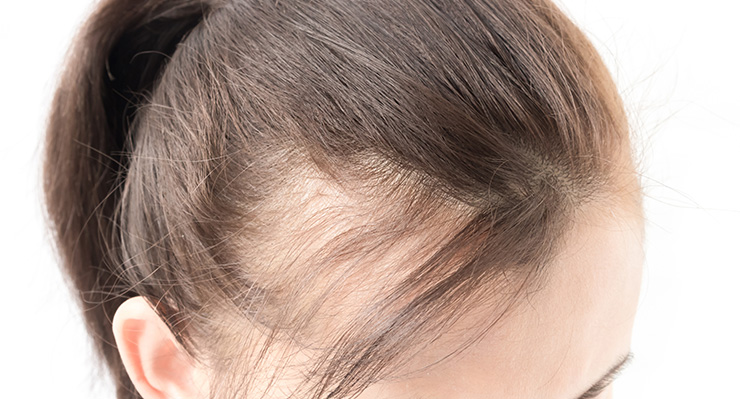
How to treat seasonal hair loss: Seasonal hair loss is more of an inconvienceince than an actual concern, so avoid hair products with harsh chemicals, and also avoid medical treatments. To minimise seasonal shedding, opt for natural and organic hair products, wash your hair less often during the seasonal shedding phases, and take a good multivitamin hair supplement.
Skin Conditions
Inflammatory skin conditions such as seborrheic dermatitis (also called seborrheic alopecia) can result in hair loss in large affected patches. This can be particularly concerning, as it can severely damage the strands, thus leading to hair loss and a patchy scalp.
Fortunately, there are plenty of skin treatments available on the market, and so once the condition is treated, the hair should stop thinning and falling out. In order to get the best possible treatment for hair loss that is caused by skin conditions, it is best to speak to your doctor, or to a dermatologist, for further advice and treatment plans.
Stress
Stress is a common hair loss cause, and although it is temporary hair loss type (only occurs when the person is stressed), stress is not something you can just switch on and off. Stress-related hair loss can also lead to more aggressive, long-term hair loss types, such as alopecia areata, which is a sudden loss of large clumps around the scalp, and telogen effluvium, which is a condition where more hairs than normal prepare to fall out.
So, it is vitally important to get a hold of the issue before it gets out of hand.
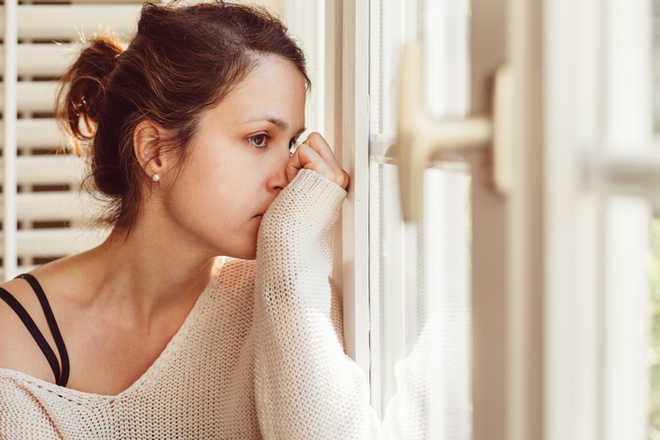
How to treat stress-related hair loss: Simply put, stress-related hair loss can be combated by stressing less. That’s easier said than done, of course, but there are some easy ways to destress, which can only benefit the hair. Meditation, a clean diet, yoga, exercise, and plenty of rest and sleep are just some ways to bring stress levels down. Lowering stress levels, even slightly, can help reduce hair fall and thinning hair dramatically.


Leave a Reply